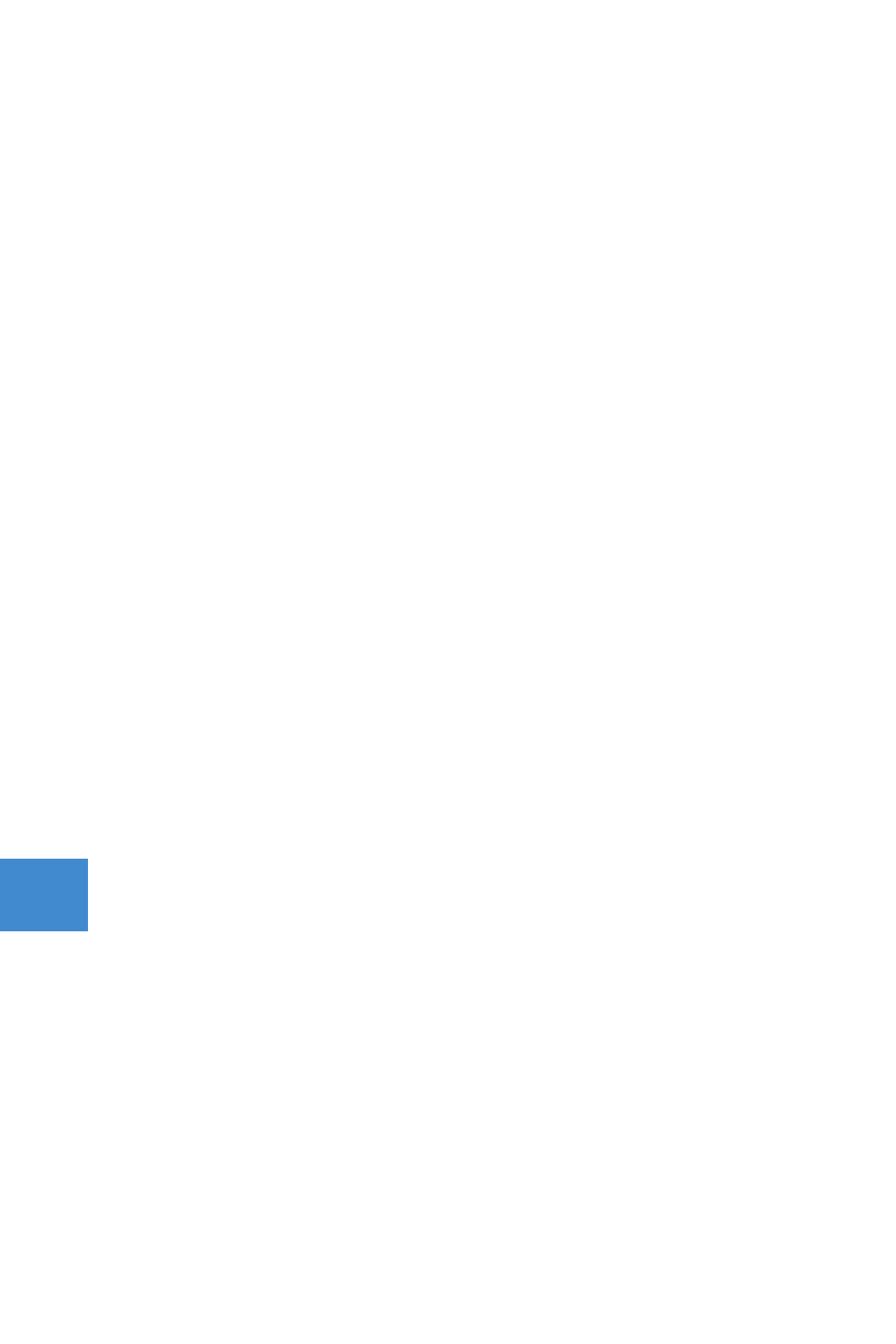
as binary floating-point numbers. Binary floating-point numbers
can represent real numbers exactly in relatively few cases; in all
other cases the representation is approximate.
For example, 1/2 (0.5 in decimal) can be represented exactly in
binary as 0.1. Other real numbers that can be represented
exactly in decimal have repeating digits in binary and hence
cannot be represented exactly, as shown below. For example,
1/10, or decimal 0.1 exactly, is 0.000110011 . . . in binary.
Errors of this kind are unavoidable in any computer approximation
of real numbers. Because of these errors, sums of fractions are
often slightly incorrect. For example, 4/3 Ð 5/6 is not exactly
equal to 1/2 on any computer, even on computers that use IEEE
standard arithmetic.
Fraction Decimal approximation* Binary approximation
1/10 0.1000000000à 0.000110011001100110011001101
1/2 0.5000000000à 0.100000000000000000000000à
4/3 1.333333333 1.01010101010101010101011
5/6 0.8333333333 0.110101010101010101010101
4/3 Ð 5/6 0.4999999997 0.100000000000000000000001
* 10 significant digits 23 significant digits à Exact value
The IEEE standard defines data formats for floating-point
numbers, shows how to interpret these formats, and specifies
how to perform operations (known as floating-point operations)
on numbers in these formats. It requires the following types of
floating-point operations:
■ basic arithmetic operations (add, subtract, multiply, divide,
square root, remainder, and round-to-integer)
■ conversion operations, which convert numbers to and from the
floating-point data formats
■ comparison operations, such as less than, greater than, and
equal to
■ environmental control operations, which manipulate the
floating-point environment
The IEEE standard requires that the basic arithmetic operations
have the following attributes:
■ The result must be accurate in the precision in which the
operation is performed. When a numerics environment is
performing a floating-point operation, it calculates the result to a
predetermined number of binary digits. This number of digits is
called the precision. The result must be correct to the last binary
digit.
■ If the result cannot be represented exactly in the destination
data format, it must be changed to the closest value that can be
represented, using rounding.
iMalc Manual
Technical Considerations
Technical Considerations
32


















